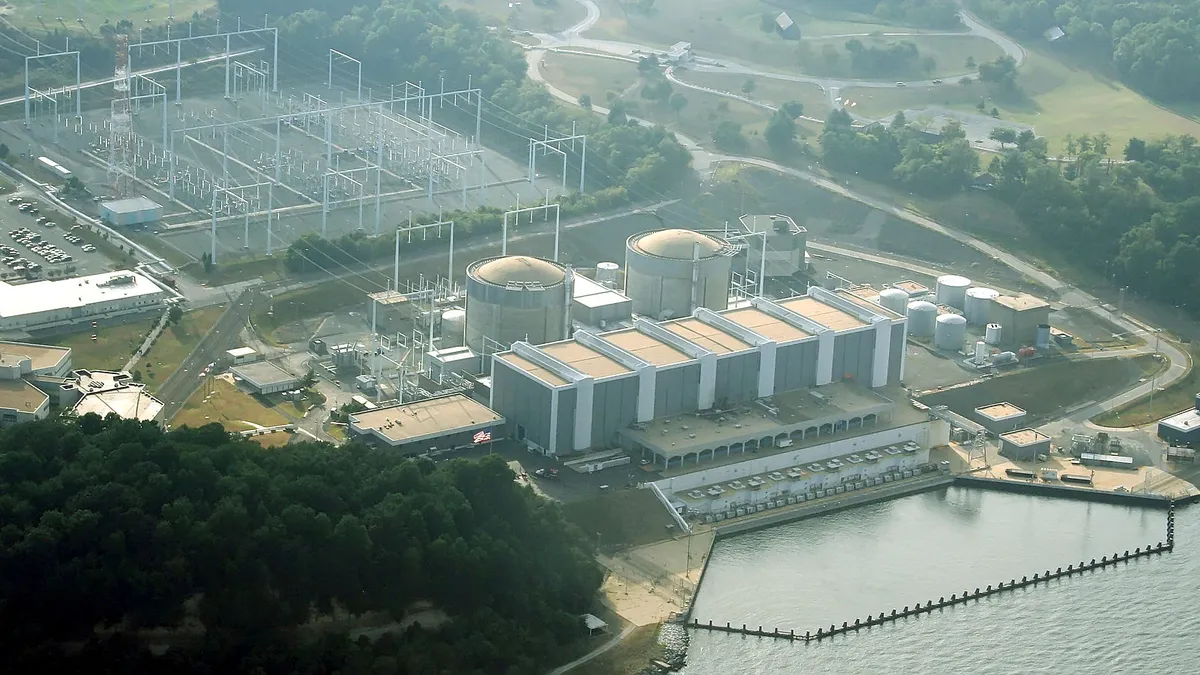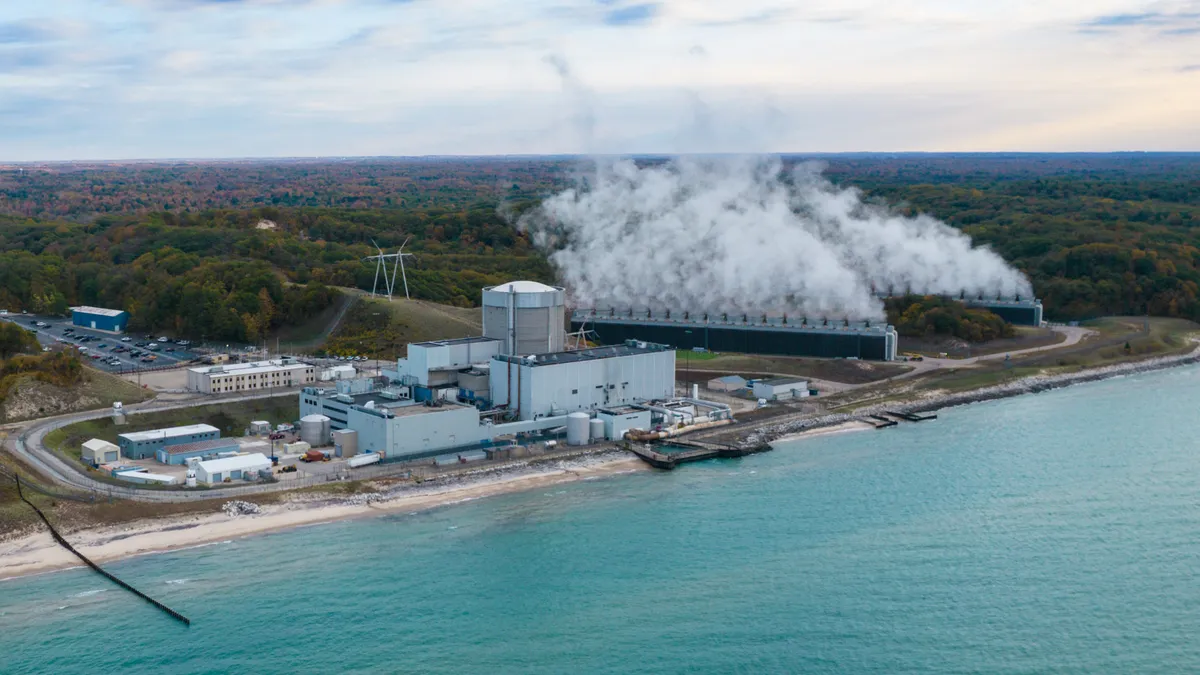Ray Gifford is the managing partner and Matt Larson is a partner at the Denver office of Wilkinson Barker Knauer.
2025 begins with two disproportionately sizeable achievements. Kendrick Lamar winning song of the year, record of the year, best rap song, best music video, and best rap performance at the Grammy’s. And Pennsylvania Gov. Josh Shapiro driving not only the best “around market” solution of the year, but perhaps the greatest “around market” solution ever.
To be clear, this is no slight on Gov. Shapiro and the actions he took in the aftermath of a PJM capacity auction that saw overall prices at $269.92/MW-day, up from $28.92/MW-day (or $14.7 billion in total costs versus $2.2 billion in the prior auction). Given these potentially dramatic impacts on customers, he did what he needed to do, securing price caps among other concessions, for the constituents he serves (and subject to numerous remaining approvals at the PJM and Federal Energy Regulatory Commission levels).
But these developments raise a broader question amid the change in administration and embrace of the notion of capturing “energy dominance” in the United States. This is not a simple question of “does PJM work anymore,” although that question is certainly being asked in some circles. It is a question of what energy dominance is. To us, it is continuing to build infrastructure that results in safe, reliable, and increasingly clean energy coming to customers — all while maintaining rate stability for all customers, not just the lucky few.
This last part is important. After decades of relatively flat growth, load growth is back, and in a big way. This load growth is not just about electricity sales — it is important to the economic strength of the country as a whole, maintaining an edge in both technology development for electric generation and in the global artificial intelligence race.
Doing this load growth right, however, is foundational to ensuring rate stability for all and avoiding an energy system that houses “haves” and “have nots.” Energy providers and the organized market regulatory construct alike are grappling with how to meet load growth and capture economic development benefits in their states and footprints. The answer to emerging technologies is not co-location, direct access, or a national “competitive market.” We see how well the supposed competitive market is going in Pennsylvania, for example.
The energy transition to date has been built on several pillars, from innovation in generation technology to low gas prices. But one cannot ignore the role that integrated resource planning has played in it. Co-location and direct access operate in direct conflict with integrated resource planning. Equally important, the notion that co-location or direct access “solves” load growth leaves one important group behind: retail customers, from individuals to small businesses.
Large loads should be brought to maturity. Large loads can help fund infrastructure to serve themselves and also help stabilize or manage long-term rate trajectories for all customers. Energy dominance, or the energy transition, or whatever energy future is to come, needs to work for customers large and small. A surefire way to leave retail customers behind is direct access or co-location as a foundational policy.
Integrated resource planning can do better than these types of policies on several fronts because it solves for these new loads while considering the entirety of the system. This is not to say integrated resource planning does not need to adapt; indeed, it needs to be quicker, nimbler and more flexible. Large loads cannot wait for protracted regulatory processes that end in equivocal outcomes. New contract norms and types of risk-sharing should be embraced to bring large loads onto the system. But the building blocks are there with existing planning processes, and policy work to make the processes more nimble can and should occur.
Everyone should benefit from economic development and load growth. In an integrated planning and regulated context, it can help avoid situations like the one that led to the faceoff between PJM and Gov. Shapiro (in light of Kendrick Lamar’s victorious night, the faceoff between him and Drake is beyond the scope of this piece). It does so by avoiding two rate classes, one with the ability to obtain and fund direct access and co-location, and one that cannot.
Harnessing load growth and spreading the benefits to all is how we achieve energy dominance. As conversations on co-location, direct access, and the alleged benefits of restructured markets percolate in the policy world, ensuring small customers are not left behind as loads and economic development opportunities present themselves must be a paramount consideration.
If we do that, we can position the country as Kendrick Lamar in Kendrick versus Drake, or Gov. Shapiro in the Governor versus PJM. That is the type of energy dominance we should all aspire to.






















